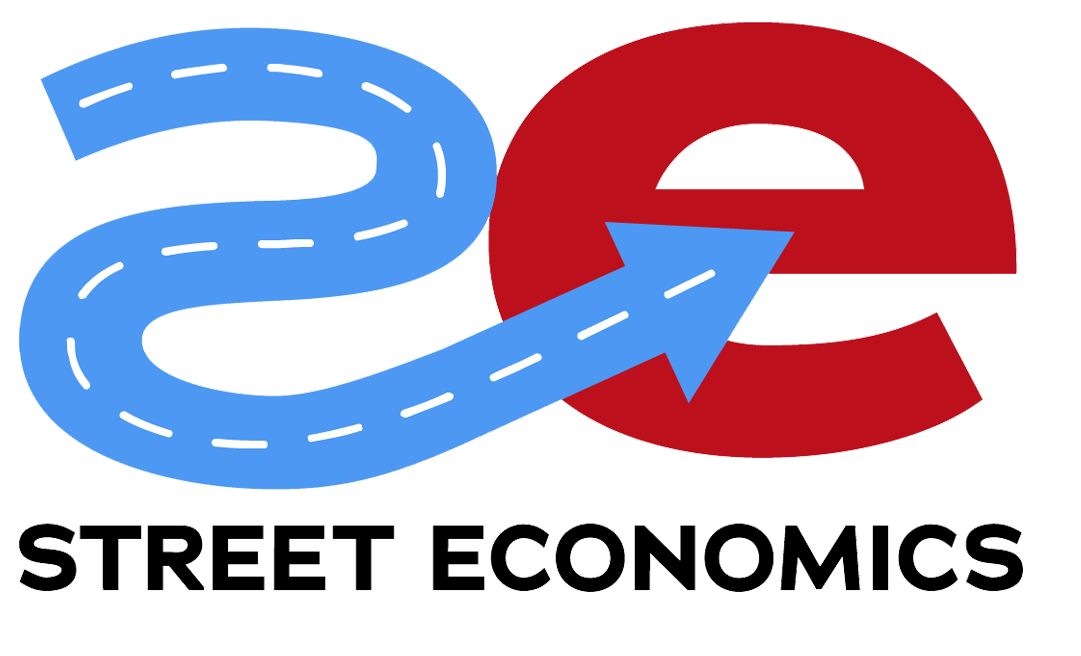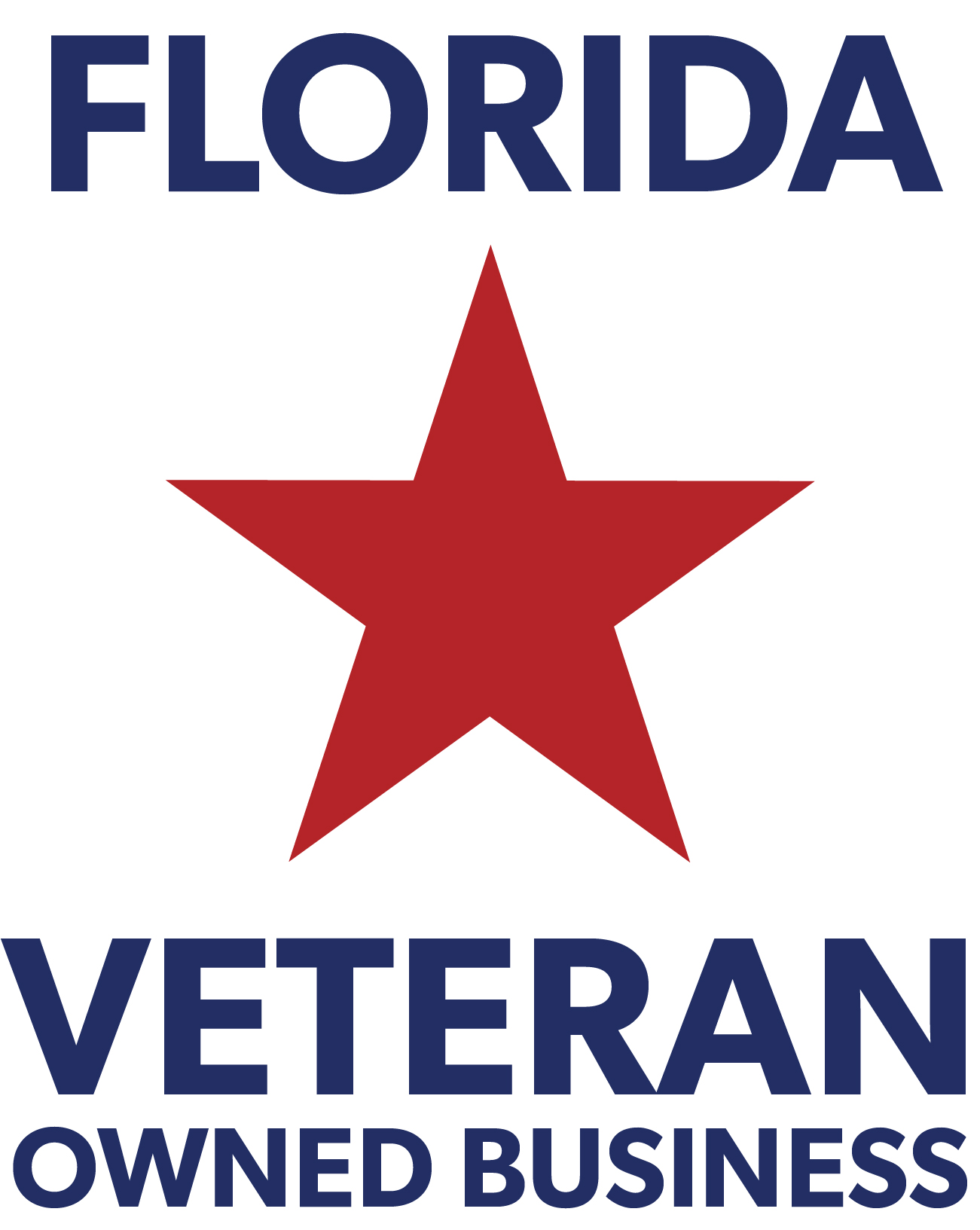As U.S. labor costs rise and productivity gains slow, communities face unique economic challenges and opportunities. At Street Economics, we reviewed recent data on labor costs, wage growth, and productivity, which revealed significant inflationary pressures, prompting caution from the Federal Reserve and potential policy shifts that could impact local economies.
For economic developers and community leaders, these trends underscore the importance of adaptive strategies to support local businesses, attract resilient industries, and foster sustainable growth. BusinessFlare’s approach emphasizes Economic Design™, which prioritizes community preservation, strategic investment, and the promotion of authentic local assets. By exploring these areas, communities can navigate economic shifts while positioning themselves as attractive locations for investment and opportunity. This exploration can expose local opportunities regardless of the macroeconomic environment and the importance of telling the right stories, as we explain in Gut Sandwich.
The Fed report examines key insights on rising labor costs and productivity trends and provides actionable recommendations to bolster local economic resilience. Through workforce training, streamlined regulatory processes, or innovative public-private partnerships, communities can leverage these strategies to stay competitive and economically sustainable in a changing landscape.
From a Street Economics perspective, these trends in labor costs, productivity, and Fed policy signals offer both challenges and strategic opportunities for communities focused on sustainable economic growth.
Why This Matters
- Labor Cost Increases and Local Business Viability:
- Rising labor costs, while beneficial for workers, put pressure on businesses, particularly small to medium-sized enterprises that may struggle to absorb increased expenses without raising prices. In local economies, this can impact service industries and small retailers that operate on thin margins, potentially leading to cutbacks, price adjustments, or even closures.
- For community economic development, this highlights the importance of supporting local businesses through incentive toolkits or programs that help offset rising costs, such as technical assistance, workforce training, or access to affordable capital for automation and efficiency improvements.
- Balancing Wage Growth with Productivity:
- The disconnect between rising wages and slower productivity growth underscores the need for efficiency improvements at the local business level. Encouraging local businesses to adopt productivity-enhancing technologies or practices could balance these pressures.
- Programs aimed at skill development for workers, particularly in technology and management, can help bridge productivity gaps. For economic development strategies, there may be value in investing in community partnerships with educational institutions and workforce training organizations to develop a talent pipeline equipped for productivity-driven industries.
- Federal Reserve and Local Policy Adjustments:
- With the Fed expected to ease rate cuts gradually, financing costs may remain relatively high for longer. Communities should consider financial tools and incentives that make borrowing more accessible for projects critical to local growth.
- Real estate and development initiatives, such as affordable housing and business incubation, could face higher costs due to interest rates and labor expenses. BusinessFlare’s “Economic Design™” approach, focusing on strategic preservation, investment, and partnership, can help communities adapt by creating environments where investment is encouraged but structured to mitigate inflationary risks.
- Positioning for Resilient Businesses:
- Rising costs and inflation concerns can make localities with lower business expenses (e.g., less regulation, lower property costs, incentives) more attractive. For example, communities could highlight streamlined zoning and approval processes, tax incentives, or quality-of-life improvements as unique selling points to attract businesses in growth sectors resilient to cost pressures, like tech or green energy.
- Planning for Long-Term Resilience:
- With potential inflation and economic uncertainty, communities must plan for fiscal resilience. Public-private partnerships (P3s) for infrastructure and essential community services may help reduce public sector costs and bring in private expertise.
- In addition, communities should explore economic diversification strategies, targeting industries less sensitive to inflation and with stable, long-term growth prospects. For instance, sectors like healthcare, green technology, or remote-work services could be resilient investments in the face of ongoing inflationary pressures.
BusinessFlare’s Approach: Practical Strategies
- Economic Design Focus: Emphasizing preservation and thoughtful investment in the core assets of a community—such as cultural identity, historical landmarks, or key industries—can help shield against economic volatility.
- Labor Force Strategies: Programs supporting skills development, workforce flexibility, and affordable housing can help communities attract and retain a resilient labor force, ensuring local businesses are prepared for changing economic conditions.
- Data-Driven Insights: Utilizing platforms like Street Economics to gather real-time data on workforce, consumer trends, and real estate dynamics can enable communities to make adaptive, data-informed decisions amid economic shifts.
In short, BusinessFlare sees these macroeconomic developments as both a cautionary tale and a call to action for local economic resilience. By strategically investing in workforce productivity, operational efficiencies, and community assets, communities can remain competitive and adaptive even as labor and inflation pressures evolve.



Comments are closed